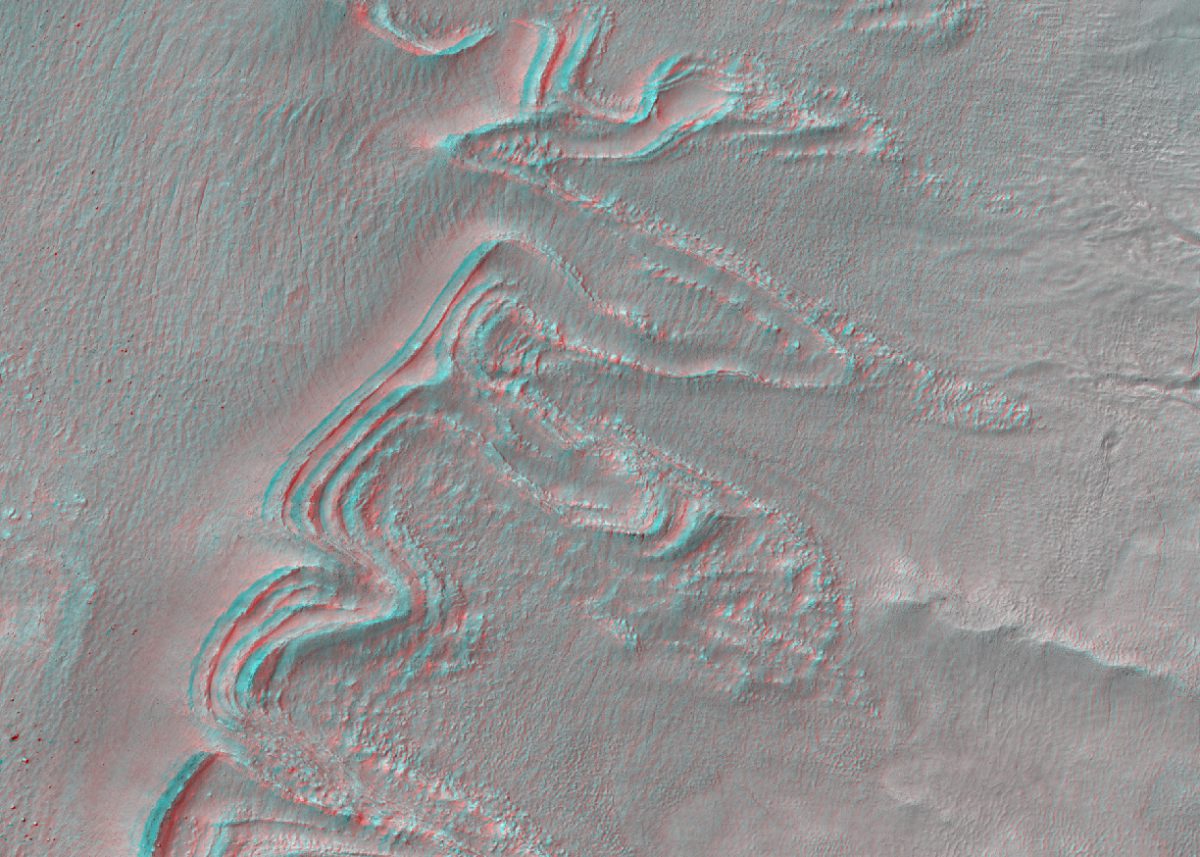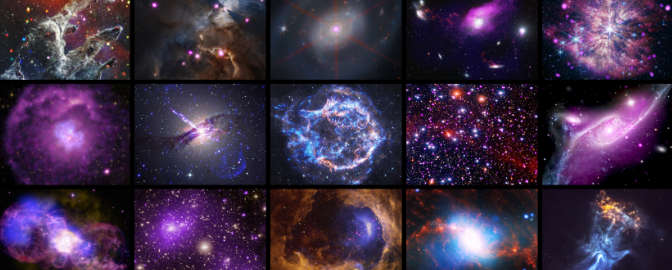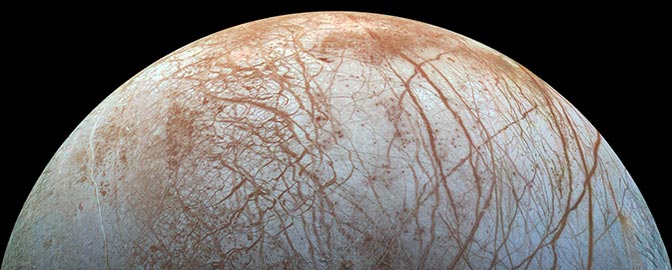Alfred McEwen • Jul 03, 2012
HiWishing for 3D Mars images, part II
Editor's note: this is the second of a three-part series by HiRISE principal investigator Alfred McEwen. In part one, we showed you five of Alfred's favorite stereo anaglyphs. We continue with five more in part two.
There are around 20,000 images from the Mars Reconnaissance Orbiter’s HiRISE (High Resolution Imaging Science Experiment) camera are available on the University of Arizona’s HiRISE website. Hundreds of those were acquired as a result of public suggestions made using HiWish.
Many of these are actually stereo pairs, for which MRO pointed at the spot twice on different orbits and at different angles for HiRISE to image. Red-blue/green stereo anaglyphs for each of these are linked below, so get out your red-blue or red-cyan glasses.
Listed below are some of my favorite recently-acquired stereo anaglyphs, from 2011 and 2012. To really appreciate the full detail in these images you need to download the HiView tool. It takes a bit of time and effort to get this working (hint: follow the directions), but then you can quickly browse, zoom, pan, and stretch these enormous images to really appreciate their content. The HiWish user names are usually the full names of the individuals that requested the image, some of whom are planetary scientists.

Original caption by Dan Berman, Planetary Science Institute: This Southern mid-latitude crater is typical of other small craters in this latitude band, containing both gullies on its walls and arcuate ridges at the base of the walls.
These features appear inter-related and their orientation on the crater wall can be associated with the latitude of the crater. Craters at latitudes between about -30 and -44 degrees (in the Southern hemisphere) typically have pole-facing gullies and curved ridges. Craters at latitudes between -44 degrees and -60 degrees (as is this one at -47 degrees) typically have these features on equator-facing walls, or on the east and west walls. This is thought to relate to changes in the obliquity of Mars.
These features likely formed during a period of high obliquity (tens of millions of years ago). During this time, it is thought that snowfall was deposited in these mid-latitude regions, and the high tilt of the planet led to higher degrees of solar insolation on the different crater walls, causing the snow to melt and form gullies. The arcuate ridges are thought to be moraines, or remnants of snow-packed ice flowing down the crater wall and onto the crater floor. HiWish user: Jay Dickson. Original HiRISE anaglyph
Image: NASA / JPL-Caltech / University of Arizona



Support our core enterprises
Your support powers our mission to explore worlds, find life, and defend Earth. You make all the difference when you make a gift. Give today!
Donate

 Explore Worlds
Explore Worlds Find Life
Find Life Defend Earth
Defend Earth

